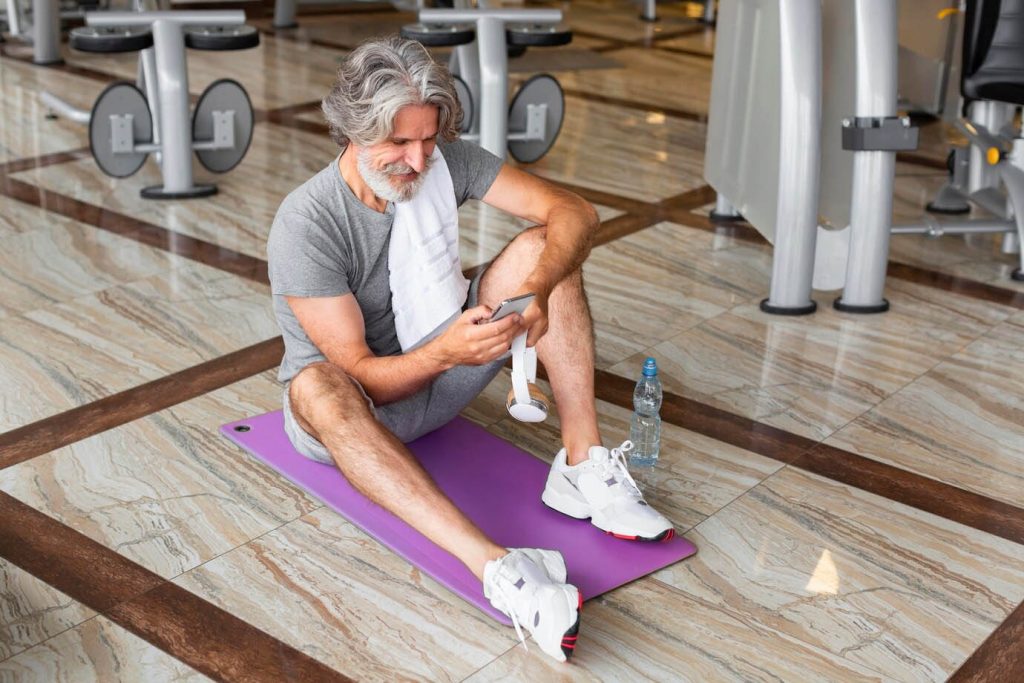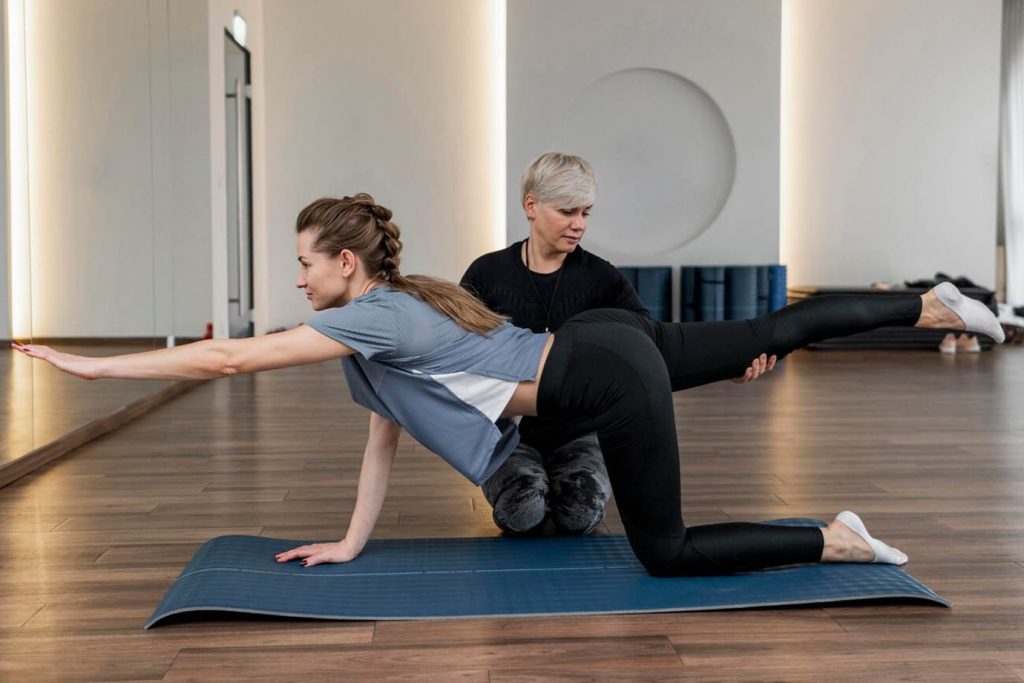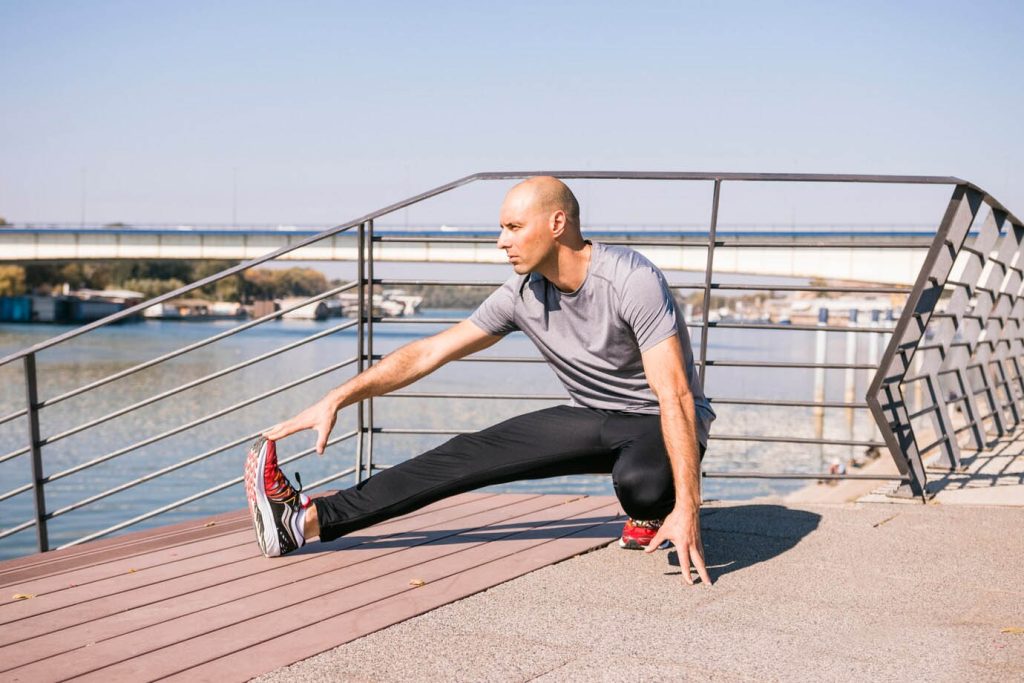As a small business owner, you understand the importance of efficiency. You constantly strive to make the most of your time and resources, both in your professional and personal life. Fitness is no exception. A healthy body leads to a sharper mind and increased stamina, which can be invaluable for running a successful business.
However, the world of fitness is full of conflicting information and age-old myths. This can be confusing, especially when you’re short on time and just want to make sure your exercise routine is effective. Here at Garden of Beauty, we understand the challenges busy professionals face. That’s why we’ve partnered with AppliedMotion Physiotherapy and Podiatry https://appliedmotion.com.au/, a team of experienced clinicians who can help you achieve your fitness goals safely and efficiently.
In this blog post, I’m going to debunk some of the most common fitness myths surrounding weight loss and exercise. By clearing up these misconceptions, you can focus on developing a sustainable and effective fitness routine that fits your busy schedule.

Myth #1: Cardio is the Only Way to Lose Weight
This is a big one. While cardio, such as running, swimming, or cycling, is a fantastic way to burn calories and improve cardiovascular health, it’s not the only piece of the puzzle. Here’s the secret: strength training is equally important for weight loss.
Strength training builds muscle mass. Muscle tissue burns more calories at rest than fat tissue, meaning your body will burn more calories throughout the day, even when you’re not actively exercising. This “afterburn effect” is a major benefit of strength training for weight loss.
Don’t worry, ladies, strength training won’t make you bulky. Women have a much lower level of testosterone than men, making it very difficult to build the kind of muscle mass you might see in bodybuilders. Instead, strength training will tone your muscles, improve your posture, and build overall strength, all of which can contribute to a more sculpted physique.
In fact, incorporating strength training into your routine can actually boost the effectiveness of your cardio workouts. Stronger muscles allow you to push yourself harder during cardio, leading to a greater calorie burn.
Myth #2: No Pain, No Gain
There’s a grain of truth to this statement – you do need to challenge yourself to see results. However, there’s a crucial difference between discomfort and pain.
Pushing yourself during exercise can lead to a feeling of exertion or discomfort, which is perfectly normal. This is what tells your body it’s adapting and becoming stronger. However, if you experience sharp, persistent pain during a workout, it’s a sign you need to stop. Ignoring pain can lead to injury, which can sideline you from your fitness routine altogether.
Listen to your body. If something feels wrong, stop the exercise and consult a healthcare professional or a certified personal trainer. They can help you modify your routine to achieve your goals safely and effectively.
Myth #3: Spot Training is Effective for Targeted Fat Loss
This is a persistent myth, but unfortunately, it’s not true. You can’t target specific areas for fat loss through exercise alone. When your body loses weight, it loses fat from all over, not just the areas you exercise the most.
However, that doesn’t mean exercise doesn’t play a role in shaping your body. While you can’t spot-reduce fat, strength training specific muscle groups can help tone and sculpt those areas, creating a more defined look.
For example, squats and lunges will strengthen your legs and glutes, while bicep curls and tricep extensions will tone your arms. Combining strength training with a healthy diet will help you achieve the overall body composition you desire.
Myth #4: More Sweat Means a Better Workout
Sweat is simply the body’s way of regulating temperature. While it might feel like a good workout leaves you dripping in sweat, it’s not necessarily a measure of how effective your exercise session was. Some people sweat more than others due to genetics and body temperature regulation.
The key is to find an exercise routine that challenges you but doesn’t leave you completely exhausted. You should feel like you exerted yourself, but you should also be able to hold a conversation or sing along to your favorite tunes. High-Intensity Interval Training (HIIT) is a great option for busy individuals, as it provides a quick and effective workout in a shorter amount of time.
Myth #5: Working Out Can Completely Offset a Bad Diet
Diet plays a major role in weight loss and overall health. Think of it this way: you can’t outrun a bad diet. Exercise is crucial for building muscle mass and burning calories, but a healthy diet is the foundation.

If you consistently consume more calories than you burn, you won’t lose weight, no matter how hard you exercise. This doesn’t mean you have to deprive yourself or follow a restrictive diet. Focus on eating a balanced diet that includes plenty of fruits, vegetables, whole grains, and lean protein. Aim to cook more meals at home so you can control the ingredients and portion sizes.
While an occasional indulgence is perfectly fine, remember that consistency is key. Making healthy food choices most of the time will contribute significantly to your weight loss and fitness goals.
Bonus: Stretching Before Every Workout is Necessary
While stretching is an important part of a well-rounded fitness routine, it’s not always necessary to do a static stretch before every workout. In fact, static stretches (holding a position for a prolonged period) can actually decrease muscle performance.
A dynamic warm-up, which involves light movement and prepares your body for exercise, is generally more beneficial before a workout. This could include activities like jumping jacks, arm circles, or lunges.
Save the static stretches for after your workout, when your muscles are warm and more receptive.

Building a Sustainable Fitness Routine for Busy Business Owners
Now that we’ve debunked some common myths, let’s talk about creating a fitness routine that fits your busy schedule. Here are some tips:
- Start small and be realistic. Aim for just 20-30 minutes of exercise most days of the week. You can even break it down into shorter sessions throughout the day.
- Find an activity you enjoy. This will make you more likely to stick with it in the long run. Try different things until you find something you like.
- Schedule your workouts. Treat your exercise routine like any other important appointment. This will help you stay committed.
- Make it convenient. Consider exercising at home, in your office building gym, or during your lunch break.
- Find a workout buddy. Having someone to hold you accountable can be a great motivator.
- Don’t be afraid to ask for help. If you’re new to exercise or unsure about a particular exercise, consult a certified personal trainer or a physiotherapist like the experienced team at AppliedMotion.
They can develop a safe and effective program tailored to your specific needs and goals.
By following these tips and debunking these common myths, you can create a sustainable fitness routine that complements your busy lifestyle and helps you achieve your health and wellness goals. Remember, consistency is key. Even small amounts of exercise can make a big difference in your overall health and well-being. So get moving and start reaping the benefits of a healthy and active lifestyle!



